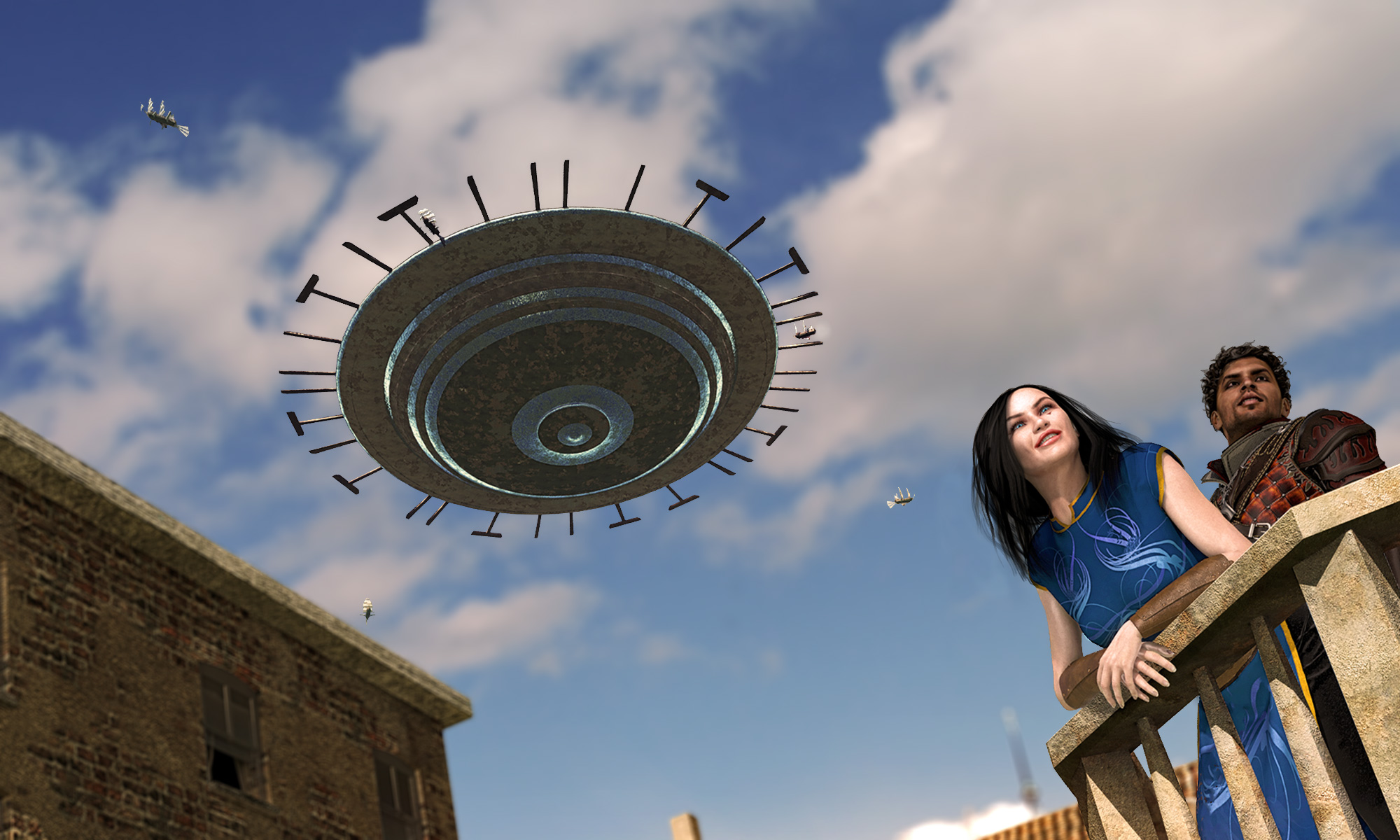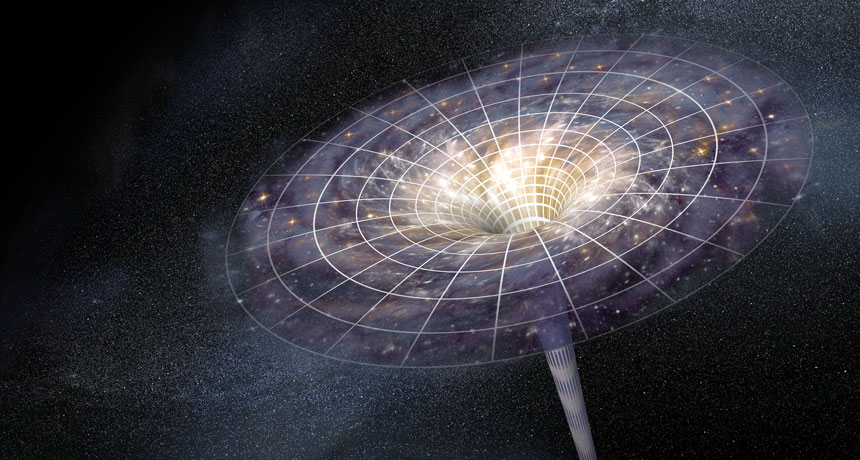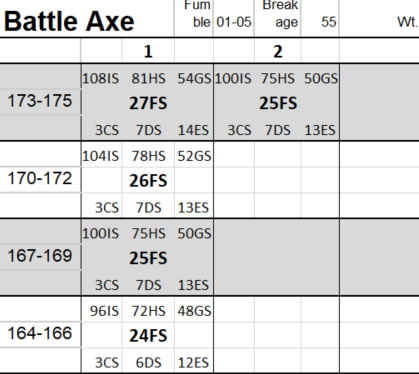There has been endless speculation about adapting Shadow World to the RMU ruleset, but every year that goes by only makes the task of converting all the Shadow World books into the new format less and less likely. On top of that Terry is methodically going through older source books and updating them and adding new content still using the RM2 ruleset. A third iteration of that process seems hard to imagine.
So where does that leave a new, revised Master Atlas? Last spring I wrote a blog post on this subject, but now with the Rolemasterblog having new readers and another year gone by in the RMU development process I thought I would revisit this topic.
To me, it seems unlikely that SW will ever have a comprehensive reformat to fit the RMU rule set–that would be over a dozen books? But that doesn’t mean that there can’t be a final Master Atlas that creates a definitive baseline for Shadow World and any or all future projects. In my mind, the DMA (Definitive Master Atlas) would set SW Canon, tackle a lot of the unaddressed issues and become the road map for any third party books (if that ever occurs). Of course, as egdcltd commented, you could also make the DMA system agnostic. To me, that’s a very interesting idea!!!
If you’ve followed my “Misc SW Material” thread on the RM Forums, you may realize that many of those partial files are part of a much larger document–our own, in house, DMA we’ve been adding to for 30+ years. Our own book is around 350 pages and that doesn’t include charts, illustrations/art, graphics or any Flora/Fauna material. A strong pass-through edit and I’m fairly confident that a DMA could be 500 pages. Is that possible to publish or print in hard copy format? I personally have no idea, so please weigh in on that.
Ok, so what would a DMA include? There should be guidelines on what material qualifies as “world spanning”, “canon” or appropriate for a Master Atlas and not just a regional source book. Should it incorporate some of the material found in the original Gamemaster Law? The Shadow World Players Guide was well received: although it was mostly collated content, the presentation, art and production value were topnotch. A definitive Master Atlas might only need 100-200 pages of new material, culling of 50-100 pages (timeline removed?) and the addition of 100 or so pages of material found in other source books that are better suited for a MA. I think much of the Powers could be incorporated into the DMA while information on the Iron Wind, Raven Queen or Silver Dawn should be more regional in nature.
What would be on your list for a Definitive Master Atlas?
- Should the ever changing timeline be removed and handled elsewhere?
- Should there be a final Essence Flow & Greater Foci map of the hemisphere?
- What organizations or content are “world-spanning” and what is “regional”.
- Is there any material in other SW books (canonical) that should be moved to a DMA?
- What topics or material should be included or expanded upon?
- Should a DMA be all encompassing or should it be a multi-book endeavor. For instance, it could be 3 parts: a MA, a Flora/Fauna supplement and a Gazetteer with a variety of maps and keys that expands upon the geographical chapter in the current MA?
- A box set with hardcovers?
- A map supplement that has every map every printed for SW–new detailed maps of all the continents with key locations, some poster maps. Some enlarged city maps?
- Could this be a Kickstarter project to fund great artwork, mapmaking, a wiki and project management?
Yes, there are already 4 versions of the Master Atlas, so is this even possible or worth discussing? I think the only issue is new content that would need to be written or approved by Terry. The rest, much like the Players Guide, would be editorial and organizational.
Any thoughts?



 There was a similar desire for a Sense8 RPG as well and the Game of Thrones RPG,
There was a similar desire for a Sense8 RPG as well and the Game of Thrones RPG,  The beauty of these setting/genre source books is that you can release an unlimited number of them and none of them lead to the system bloat that lead to so much criticism of RM2. The absolute master of this has to be GURPS. There are over 120 GURPS supplements, for every genre under the sun from GURPS: Action Heros to GURPS: Zombies, there is a literal A to Z.
The beauty of these setting/genre source books is that you can release an unlimited number of them and none of them lead to the system bloat that lead to so much criticism of RM2. The absolute master of this has to be GURPS. There are over 120 GURPS supplements, for every genre under the sun from GURPS: Action Heros to GURPS: Zombies, there is a literal A to Z.





